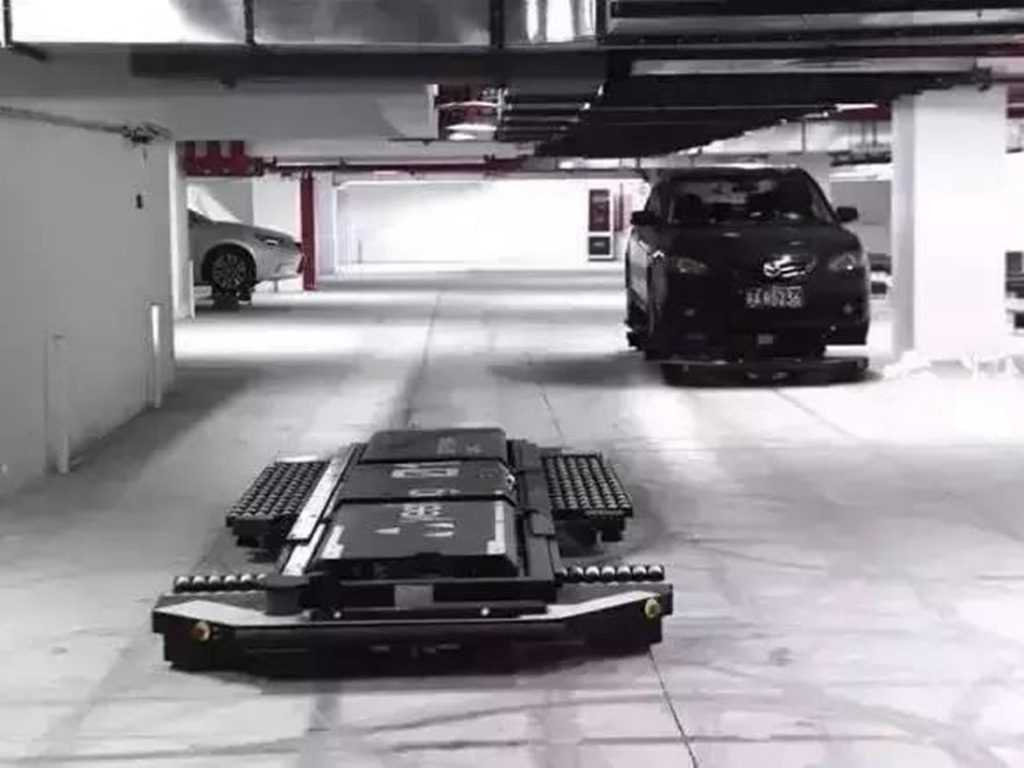As holiday drivers, has anyone ever been troubled by parking spaces, or lack thereof? It must be such a buzzkill when you arrive all giddy to your destination only to find that there are no spaces left for you to park your car. Hong Kong has a mammoth population but only a meager supply of land. This not only affects the dire housing crisis we’re all familiar with, but is also a major culprit behind the increasingly-alarming lack of parking space. On average, the number of car ownerships increase by 3% year-on-year, which has actually resulted in major growth over the past 10 years. The only problem is, the rate at which the number of parking spaces increases is nowhere as high as that of car ownership, with the number of parking spaces increasing by less than 1% yearly. Certainly, this is a huge elephant in the room that needs to be addressed, but what can we do exactly?

In December of 2018, HK’s Mira Mall started pushing for a smart parking service, dubbed ‘e-parking’. It’s a software designed to allow drivers to easily survey available parking spaces and reserve desired spots for an hour, whereupon the reservation can be confirmed on-site with the same software.
Recently, more and more malls have entered a collaboration with companies to provide more online parking platforms. In fact, in March, Sun Hung Kai Properties launched a touch-free hourly parking service in V City and Moko that allowed cars to come and go without physically clocking in, in addition to using octopus, credit card and other forms of online payment which has greatly reduced the waiting time for parking spaces.
If you want to use the smart parking service provided by Mira Mall or other shopping malls, you must download and register on the company’s app. Once you’ve selected the smart parking service, the app will ask the user to enter the car’s license number and other payment details to streamline payment service. Thus, car owners need not be physically present for them to park their car. Compared with traditional parking methods, this virtual method is definitely a faster and more convenient alternative.

Even though the above programs have allowed drivers a more pleasant parking service, they only operate in specific spots and time periods. The new kid in town, a communal parking platform named ‘Let’s Park’ not only allows users to enjoy speedier and easier parking services for free, it also grants a much bigger parking space coverage. The previous parking services were limited only to mall areas, but ‘Let’s Park’ allows the driver to have a large reach when searching for parking spots, stretching all the way from Kwun Tong to Hung Hom to Tseung Kwan O, Sham Shui Po, Sau Kei Wan, Causeway Bay, Fun Lang and beyond.
Using AI technology, the smart parking service created by Microsoft and Let’s Park allows drivers to survey the availability of parking spots in nearby malls and even in private buildings, while tracking the car’s location at the same time. Let’s Park’s biggest selling point comes from its communal model. In fact, parking spot owners can rent out their spot at a self-determined rate. Drivers need only logon to the system and select their desired spot. This function ensures that all spots are utilized, leaving nothing to waste. It also reduces the likelihood of drivers having to queue up for spots or having no spots at all.
To allow smart parking to be more streamlined in HK, the government has been eager to build more smart parking lots around the city. The Transport Dept built HK’s first flexible ‘flying carpet’ smart parking lot in Sham Shui Po. After the drivers register on the app, their cars will be moved to empty spots for parking. The mechanical device responsible for moving the car to the right position is able to avoid all obstacles and does not rely on one fixed route. This way, the maximum loading capacity can be utilized, which eases the burden of drivers.

In fact, smart parking services are already ubiquitous in other countries and regions, such as Germany, Singapore, Shenzhen and Denmark all use different variations of smart parking lots. Germany uses round shaft vertical axis elevation, while Shenzhen uses lateral movement. Conversely, Singapore uses plain vertical elevation. Meanwhile, Denmark uses underground parking lots conjugated with libraries. Said parking lot resides below Aarhus Public Libraries and can accommodate more than a thousand vehicles at a time, making it the biggest parking lot in all of Europe. This design increases the parking capacity without taking up too much space, which is certainly appealing.
Besides building more smart parking lots, perhaps the government or related agencies can also reference other countries’ successful parking policies to propose a feasible model in Hong Kong so that the limited land does not go to waste, solving the urgent problem of the lack of parking spaces.



